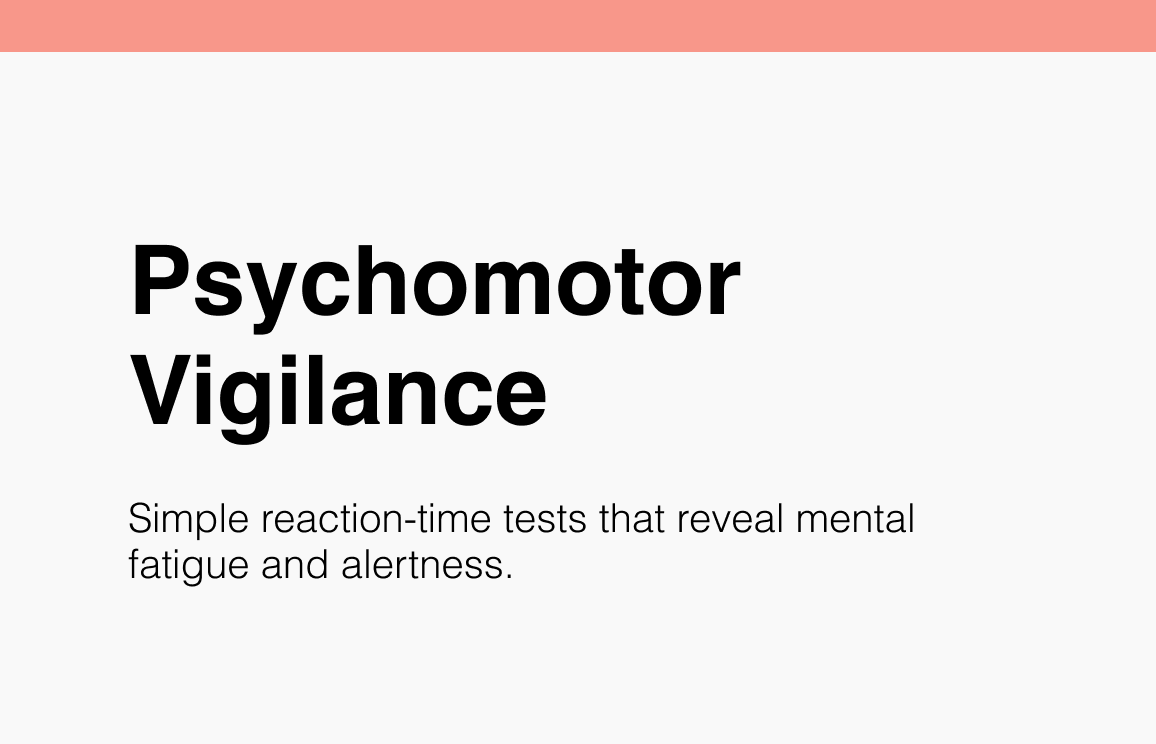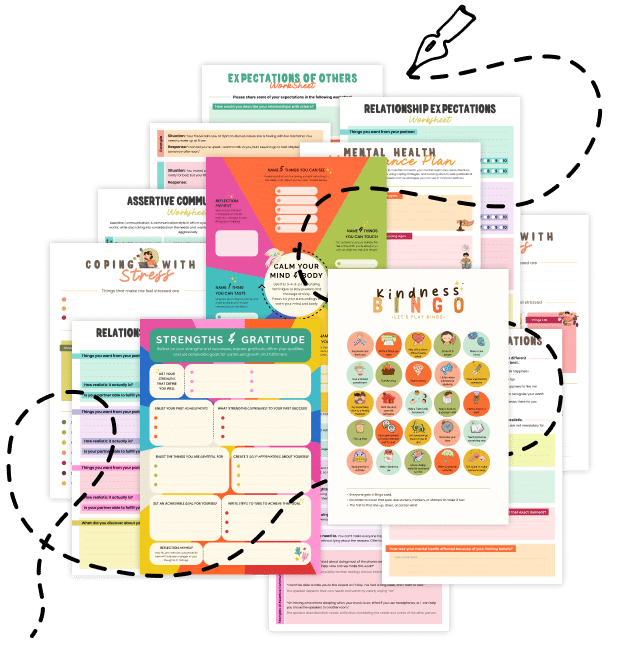20 Things You Should Know About Psychomotor Vigilance
Explore how the speed of your physical and mental reactions shapes daily performance, overall safety, and cognitive health. Discover what Psychomotor Vigilance is, why it matters, and how you can optimize this essential skill.
1. What Is Psychomotor Vigilance?
Psychomotor Vigilance refers to your ability to stay alert and respond quickly to visual or sensory cues. It blends attention (mental vigilance) with motor speed (physical reactions), making it crucial for everything from driving to competitive sports.
2. How Psychomotor Vigilance Differs from Simple Reflexes
Reflex actions—like pulling your hand off a hot stove—are largely automatic. Psychomotor Vigilance, however, requires ongoing focus so you’re ready to react at any moment, rather than responding to a single, predictable trigger.
3. Psychomotor Vigilance Role in Everyday Tasks
Whether you’re braking at a stoplight or noticing a coworker’s subtle facial expression, psychomotor vigilance ensures you pick up on small changes in your environment and act accordingly.
4. Key Brain Regions
Areas like the frontal cortex (for decision-making) and the motor cortex (for physical movement) are both involved. The reticular activating system, which governs wakefulness, also plays a significant part in sustaining vigilance.
5. Impact of Sleep Deprivation
Lack of sleep severely compromises psychomotor vigilance. You’re slower to notice hazards, more prone to errors, and at higher risk for accidents—one reason why drowsy driving is so dangerous.
6. Stress and Overstimulation
When you’re highly stressed or overwhelmed by multiple stimuli, vigilance can suffer. Your brain struggles to filter critical cues from background noise, leading to slower or incorrect responses.
7. Testing with the PVT
The Psychomotor Vigilance Task (PVT) is a classic lab assessment where you press a button as quickly as possible when a visual cue appears. Researchers measure reaction times and lapses to gauge your alertness level.
8. Link to Work Performance
Professions requiring constant attention—like air traffic controllers, long-haul truck drivers, or emergency room personnel—rely heavily on psychomotor vigilance. Even a split-second delay can have significant consequences.
9. Nutrition and Hydration Effects
Your brain needs glucose for energy and proper hydration to function at peak efficiency. Skipping meals or getting dehydrated can dull vigilance, slowing your response times.
10. Caffeine and Other Stimulants
Caffeine often gives a short-term boost to psychomotor vigilance by blocking adenosine receptors in the brain. However, overuse can lead to jitteriness, insomnia, and eventual crashes that harm long-term performance.
11. Importance of Breaks
Extended periods of monotonous work or study degrade alertness. Brief breaks, power naps, or a quick walk can reset your brain, enhancing both vigilance and overall productivity.
12. Influence of Circadian Rhythms
Your alertness naturally dips in the mid-afternoon and rises in the late morning. Aligning challenging tasks with your high-alert times can improve results, while scheduling simpler activities during low-alert windows preserves energy.
13. Physical Exercise Benefits
Regular workouts—particularly aerobic exercises—boost blood flow and oxygen delivery to the brain, supporting faster reaction times and better sustained attention.
14. Age and Cognitive Decline
As we get older, psychomotor speed can slow. However, staying active, maintaining social connections, and engaging in mentally stimulating activities can help preserve quick reaction times.
15. Potential for Training
Targeted drills—like reaction-time apps or sports requiring rapid responses—sharpen psychomotor vigilance. Over time, your brain “hardwires” these improved pathways, making quick reactions feel more natural.
16. Reducing “Microsleeps”
Microsleeps are brief episodes of unconsciousness—just a second or two—when you’re severely fatigued. They’re especially risky in driving or machinery operation because psychomotor vigilance disappears during that blink of lost awareness.
17. Mind-Body Connection
Factors like posture, breath control, and muscle tension can influence your alertness. Slouching or shallow breathing signals fatigue to the brain, whereas a poised, upright stance promotes wakeful attention.
18. Modern Distractions
Excess screen time, constant notifications, and multitasking can overload your attentional system. Minimizing digital clutter helps maintain a sharper vigil for more important cues.
19. Personalized Approach
Different lifestyles, health conditions, and job demands affect how you maintain alertness. Experiment with various techniques—like midday walks, mindfulness breaks, or dietary adjustments—to find what optimally supports your vigilance.
20. Related Topics to Explore
- Task Switching Costs: Learn how rapidly shifting attention can tax vigilance and slow reaction times.
- Inattentional Blindness: Understand how focus on one element can blind you to obvious details.
- Anxiety Reappraisal: See how managing stress can keep you alert without overwhelming your mental bandwidth.
- Brain-Derived Neurotrophic Factor (BDNF): Explore how exercise-driven neuroplasticity supports quicker cognitive responses.
Quick Tips to Boost Psychomotor Vigilance
- Prioritize Sleep: Aim for 7–9 hours each night to keep your reaction times razor-sharp.
- Take Micro-Breaks: Stand, stretch, or do a short mindfulness exercise every hour to reboot mental focus.
- Use Caffeine Wisely: Strategic, moderate use can help—avoid excessive amounts that lead to crashes.
- Train Your Reaction Time: Try reaction apps or sports drills that challenge your speed and coordination.
- Stay Hydrated & Nourished: Even mild dehydration or hunger can sap your brain’s alertness reserves.
Psychomotor Vigilance stands at the crossroads of mental focus and physical reaction—core elements for success in high-stakes careers, athletic competitions, and everyday tasks alike. By refining your sleep habits, managing stress, and consciously training attention and reflexes, you can bolster this crucial skill and stay one step ahead in a fast-paced world. Share this article with anyone looking to enhance their performance and safety—help them unlock the full potential of rapid, reliable reactions!


